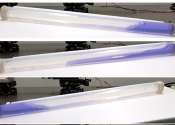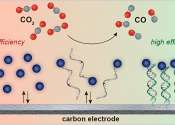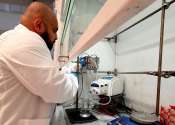Mess is best: Disordered structure of battery-like devices improves performance
The energy density of supercapacitors—battery-like devices that can charge in seconds or a few minutes—can be improved by increasing the 'messiness' of their internal structure.
Apr 18, 2024
0
47









